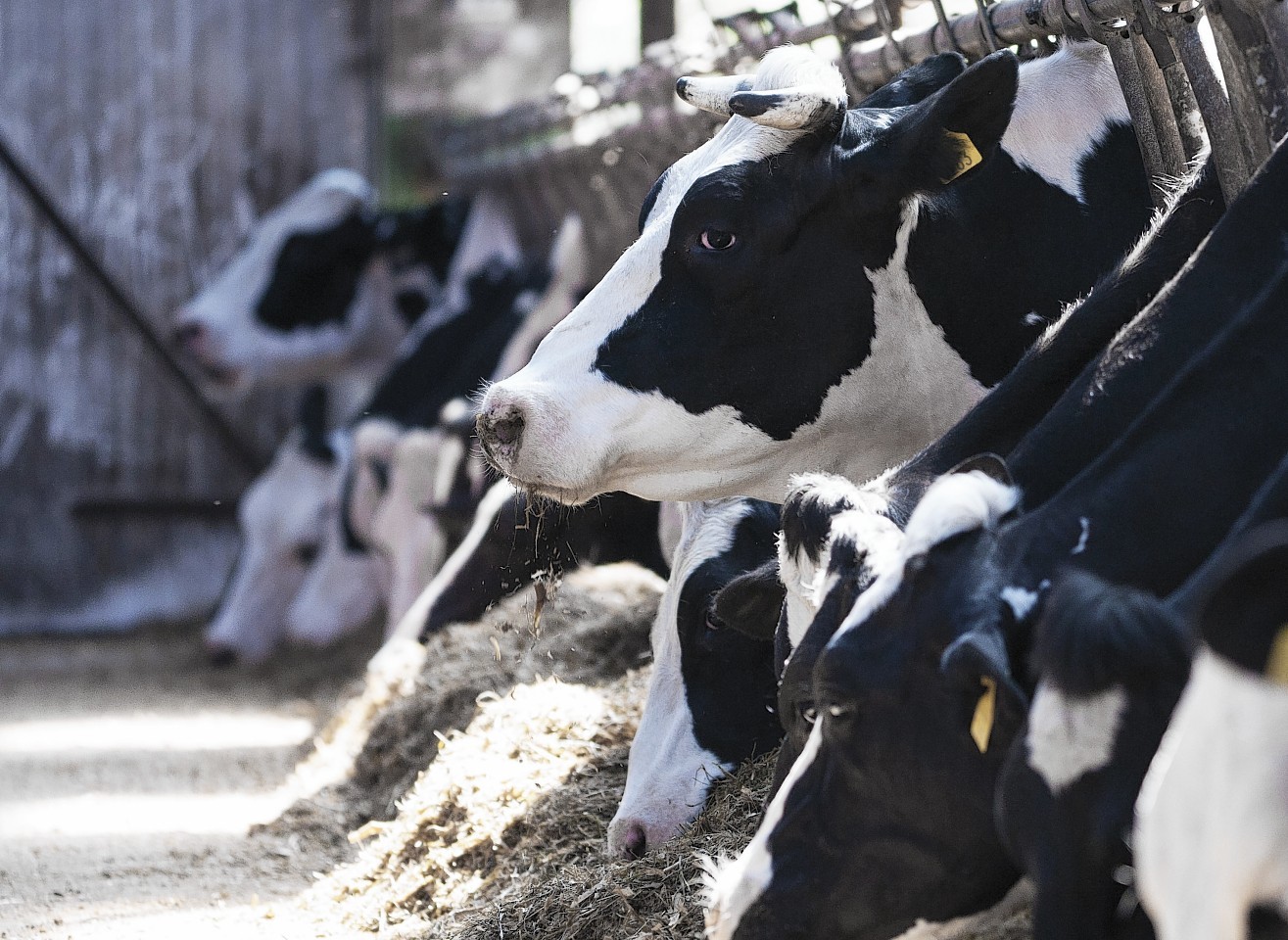Everyone involved in the dairy supply chain must get together and calculate a target cost of production figure for industry to aim for.
That was the overarching message from the Agrihive UK Dairy Summit held in London.
The Agrihive concept, which was created by Australian farmer James Walker, aims to bring farmers together with business leaders to try and find fixes for the sector’s woes.
The London event, which was the first in the UK, was focused on addressing how dairy farmers can adapt their businesses to ride out the low prices being paid for their milk at the moment.
Savills agribusiness director William Neville said the cost of production figures which are regularly batted about by industry were a worry because they gave the “wrong message about costs and contracts”.
He said the focus should be on creating a lower cost of production than at present, because that is the only way farmers will make a profit.
Dairy farm consultant David Cooke, of Promar International, said current cost-of-production figures were widely varied.
“We need to be careful about talking about averages. The difference (in cost of production) between the top 25% and bottom 25% is 8p a litre,” said Mr Cooke, who suggested working on a basis of pounds per cow-place or acre could also be useful.
Meanwhile, agricultural accountant Rob Hitch, of Dodd and Co, called on industry to get together and agree an ideal figure to aim for.
“If we keep sending a message out to the UK processing sector that we need 30p a litre to produce milk there’s a danger they won’t invest in any processing capacity in the UK,” said Mr Hitch, who was one of the organisers for the UK Agrihive event.
“We need to be competitive and in line with what our competitors are producing milk at.”
He urged everyone to stop ducking the issue and instead be honest about what price milk needed to be produced at to make it competitive on the global markets.
“The industry is scared to say what the figure should be – I think we need to nail our colours to the mast. We could do with a standard industry figure for cost of production,” said Mr Hitch.
HSBC’s regional agriculture banking director for Scotland, Neil Wilson, said: “If our European competitors can do it (produce milk) for 35 euro cents (24.5p) a litre, then we need to be able to do that comfortably too.”
